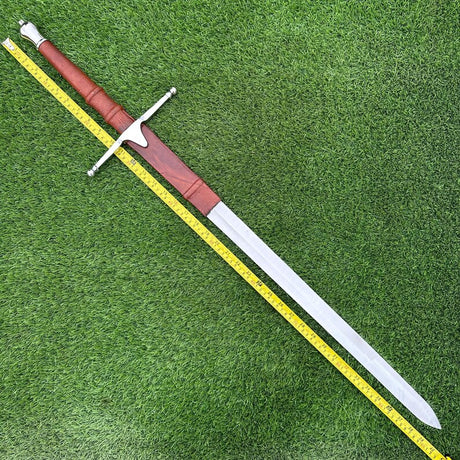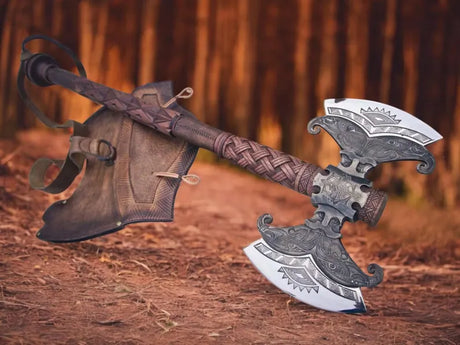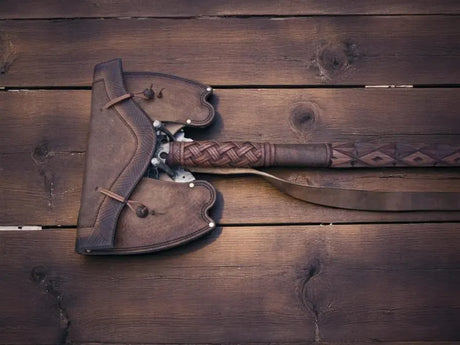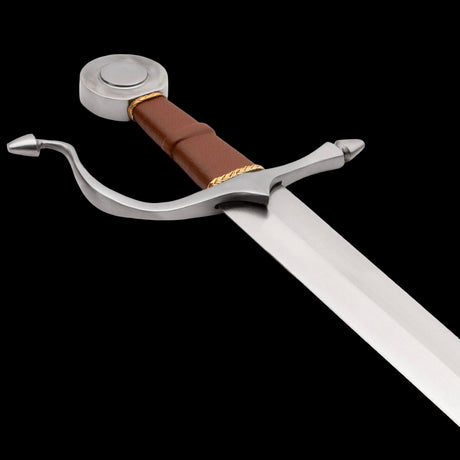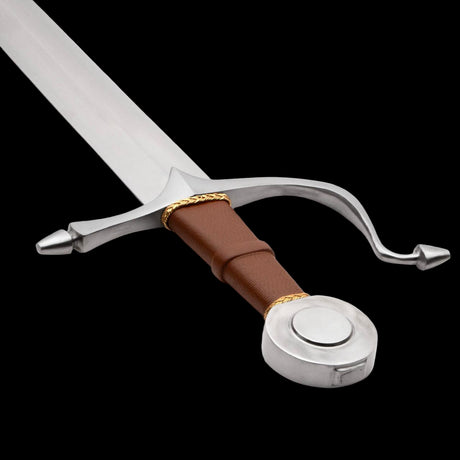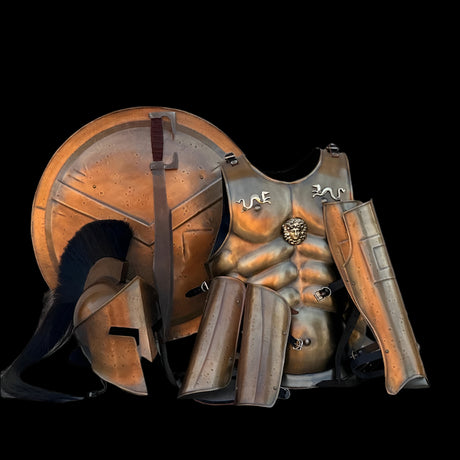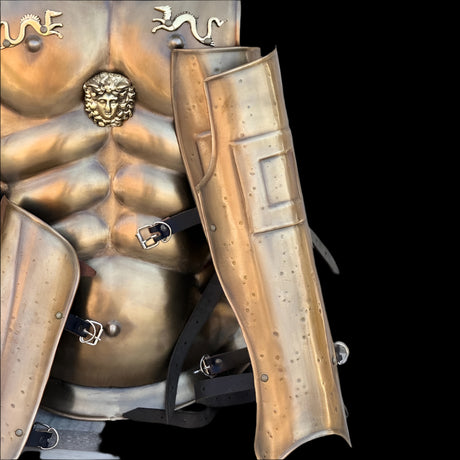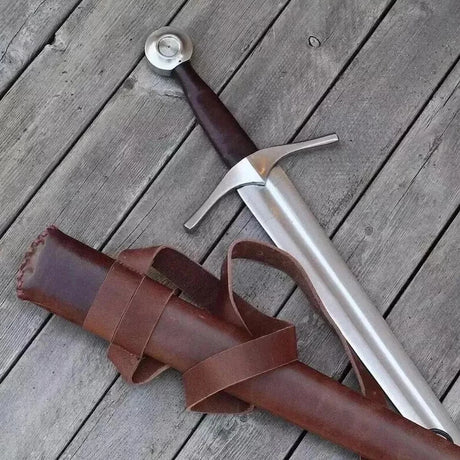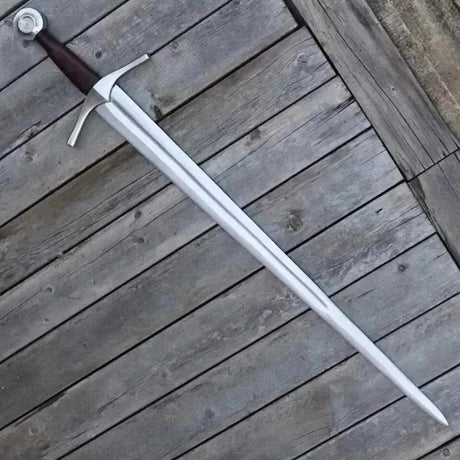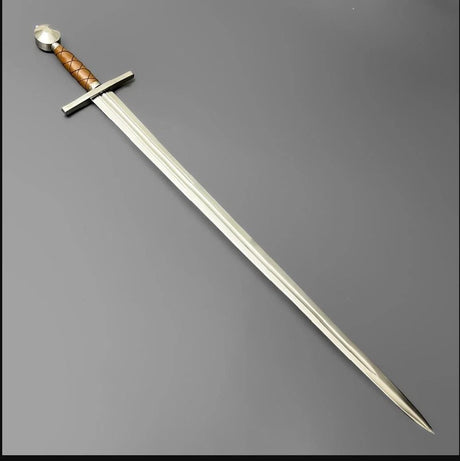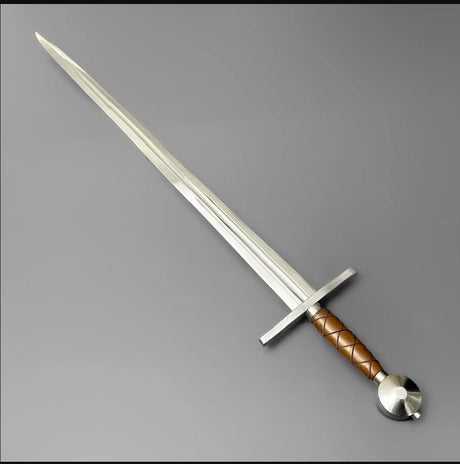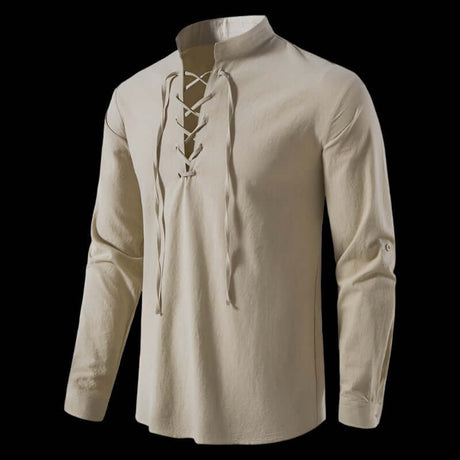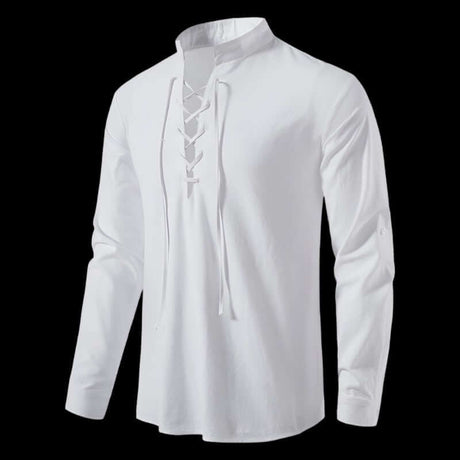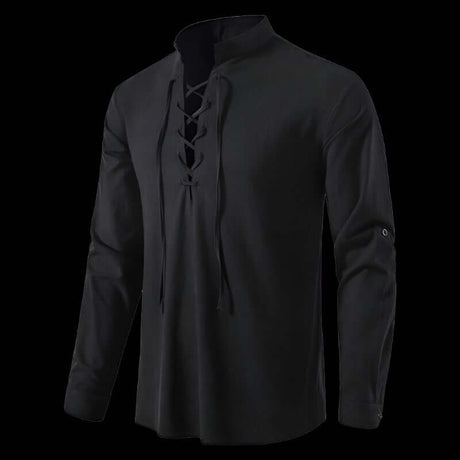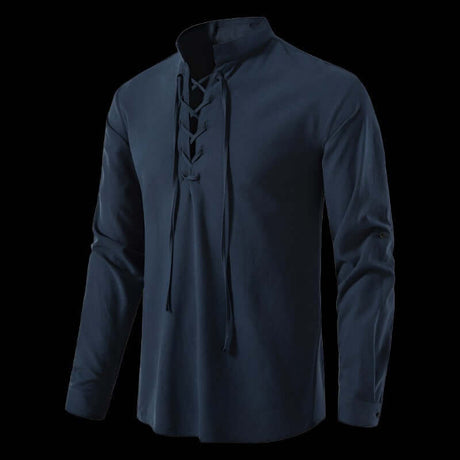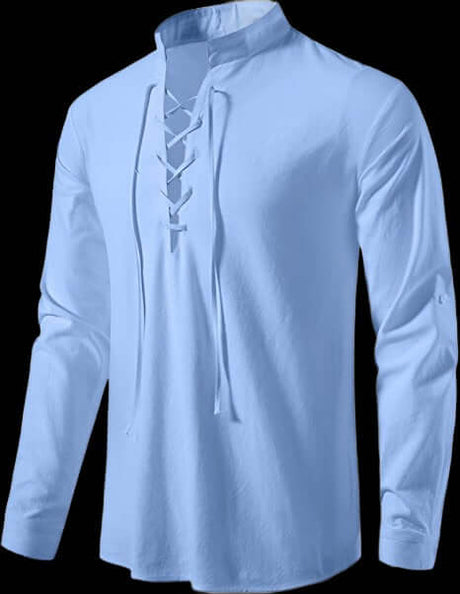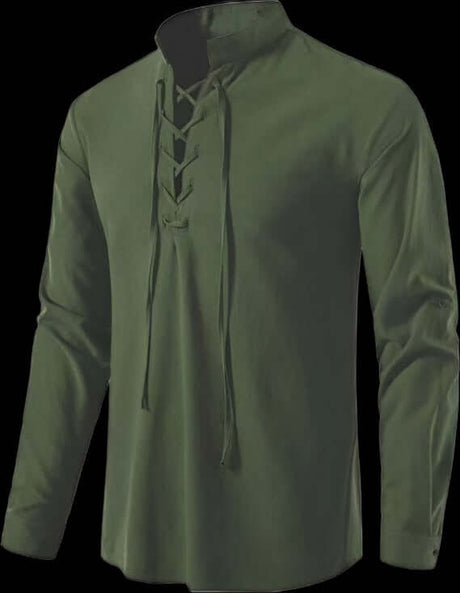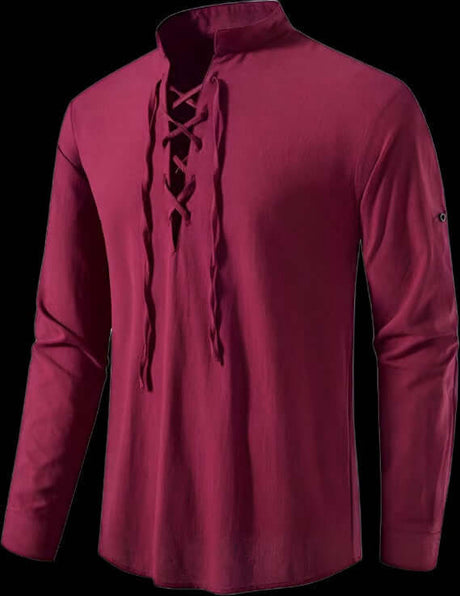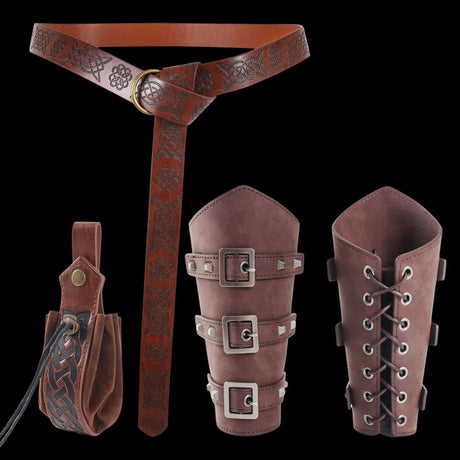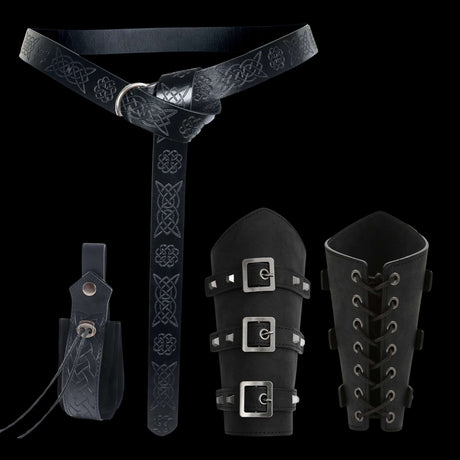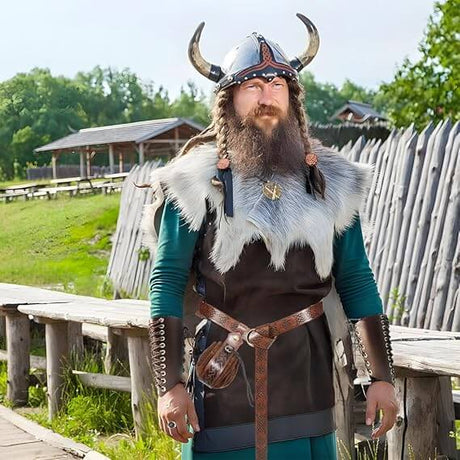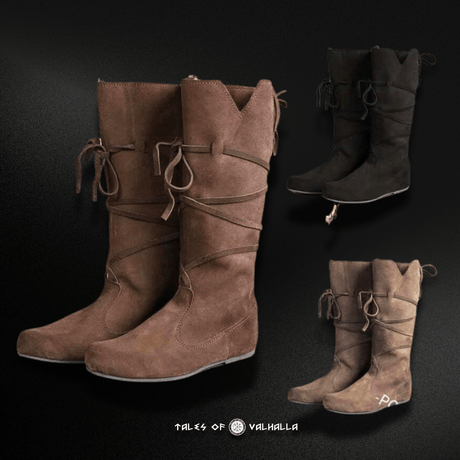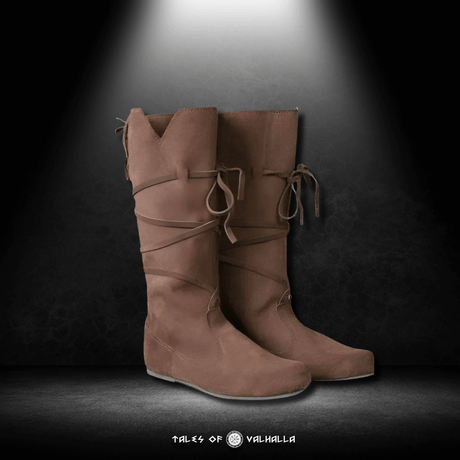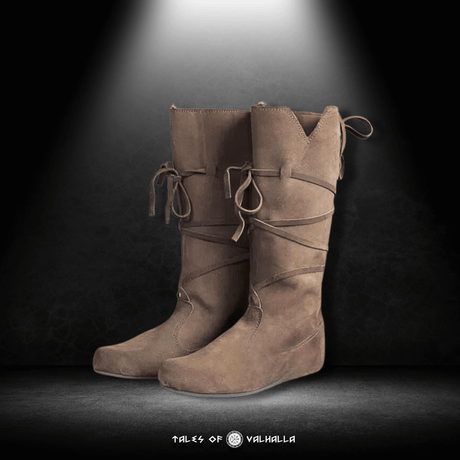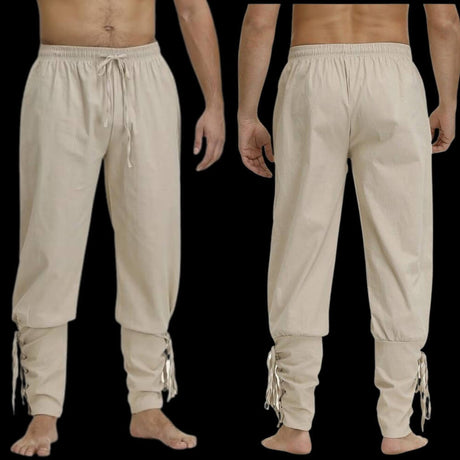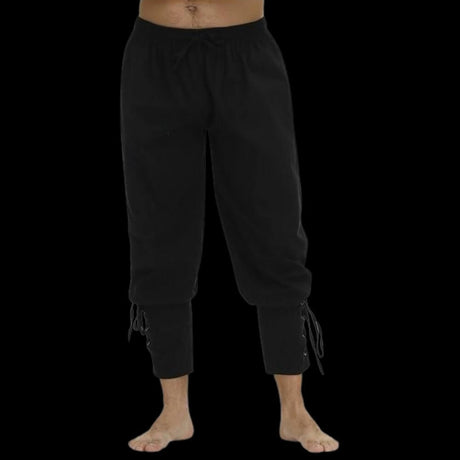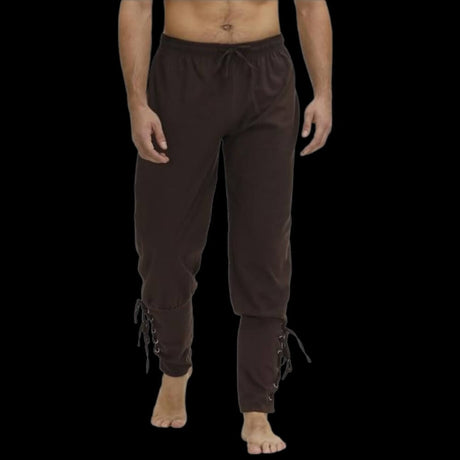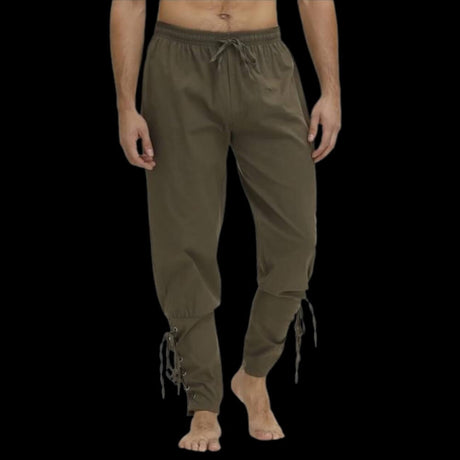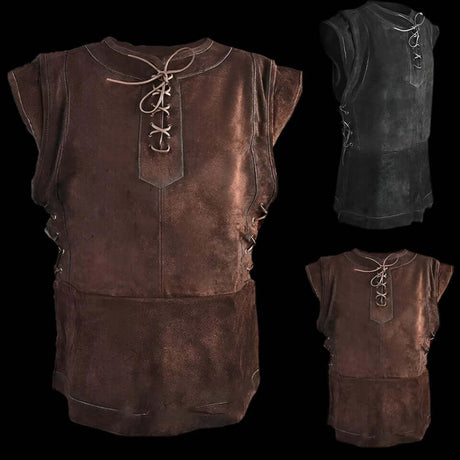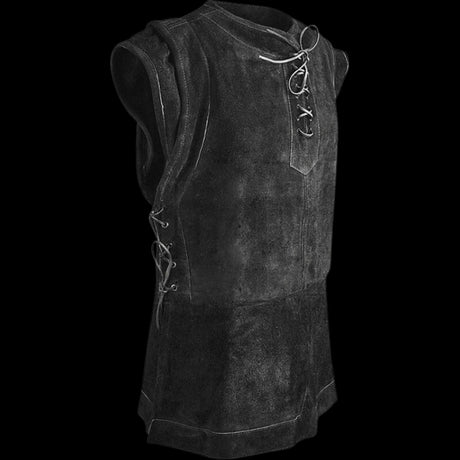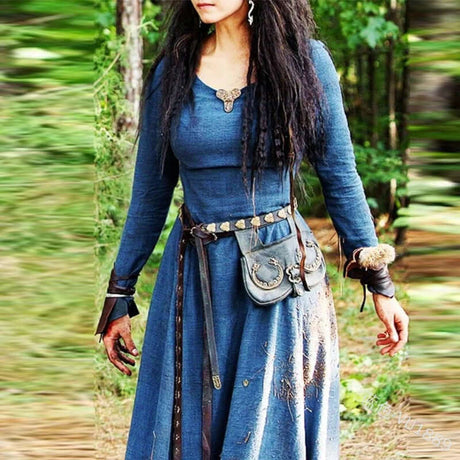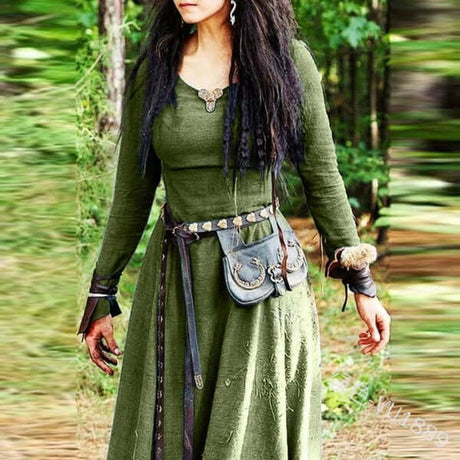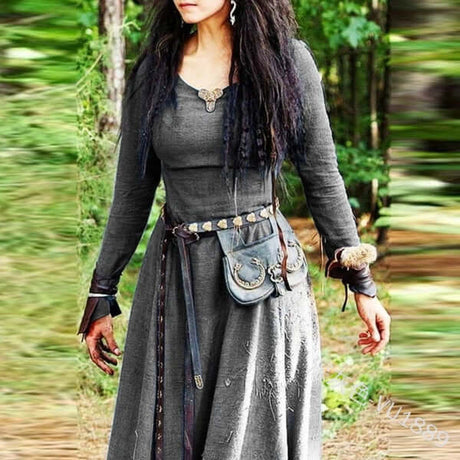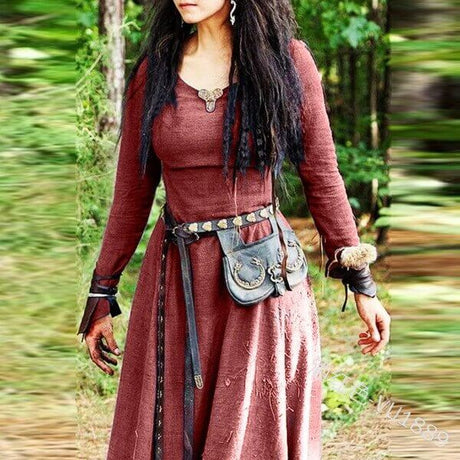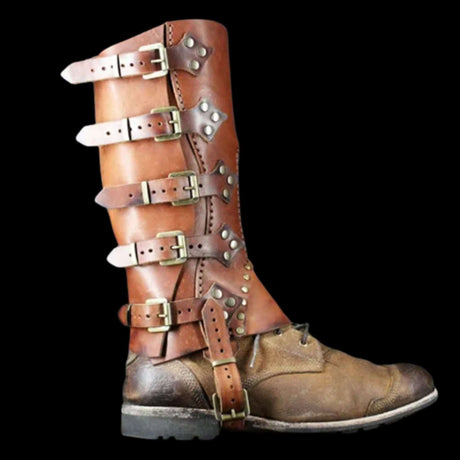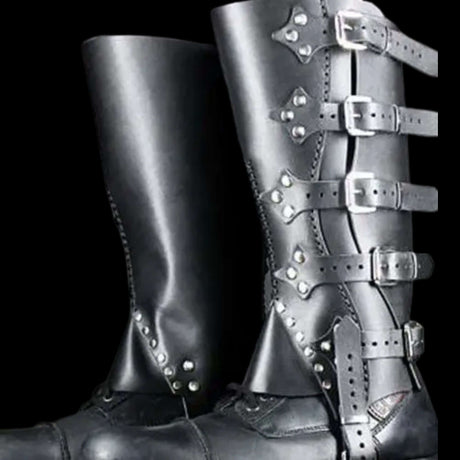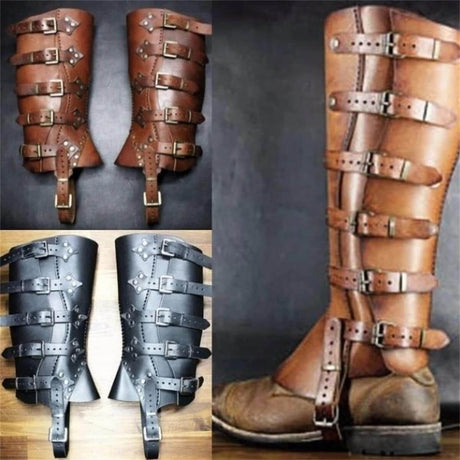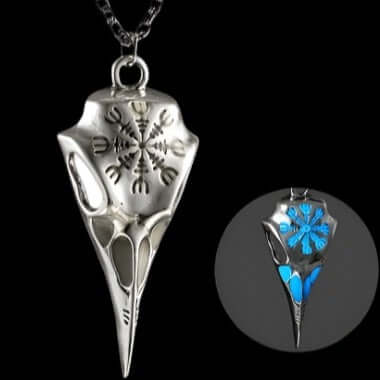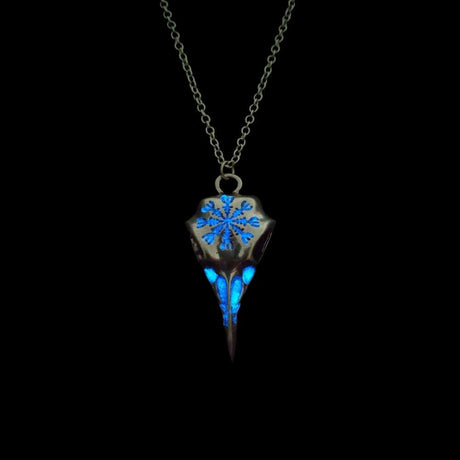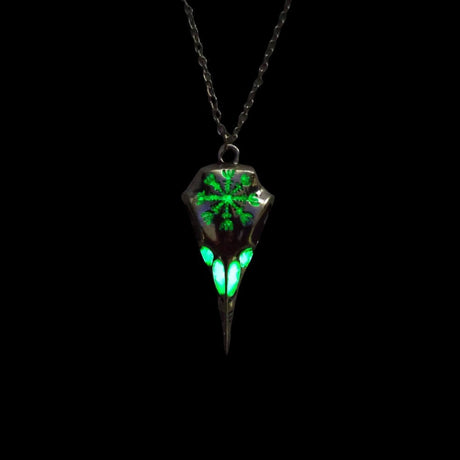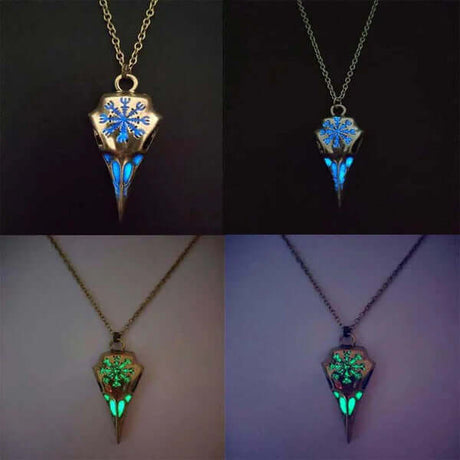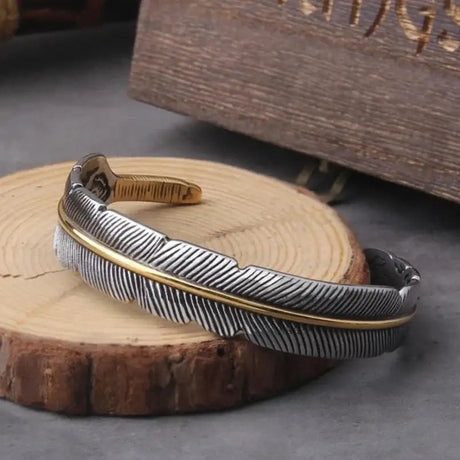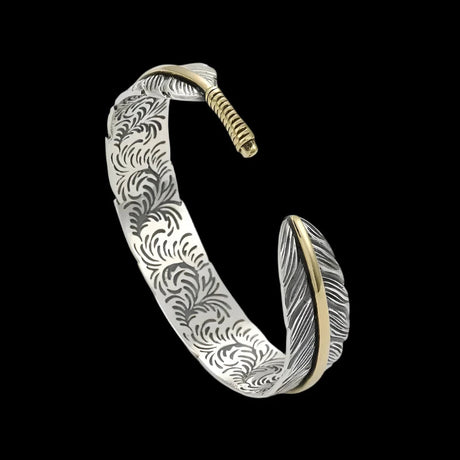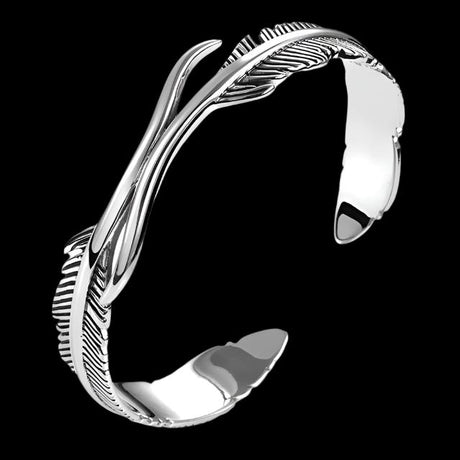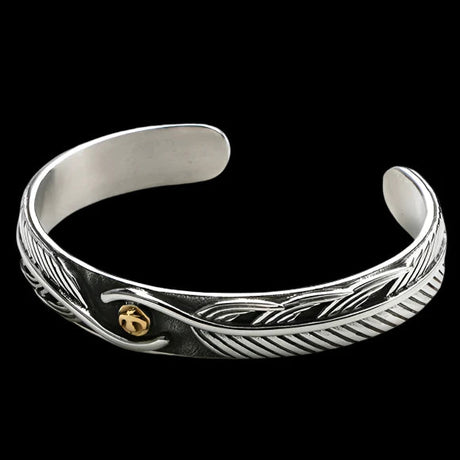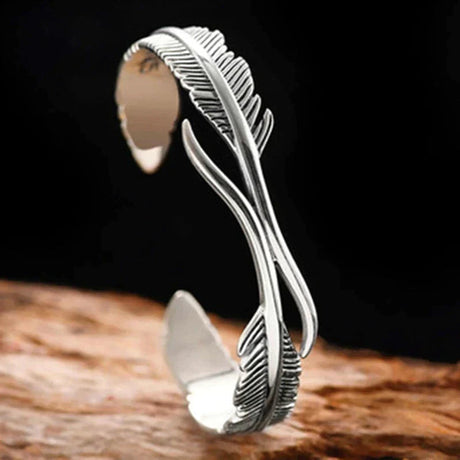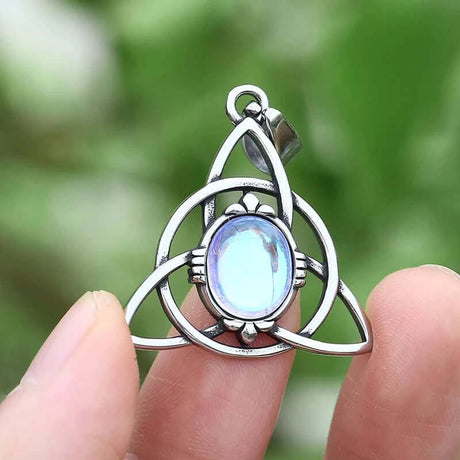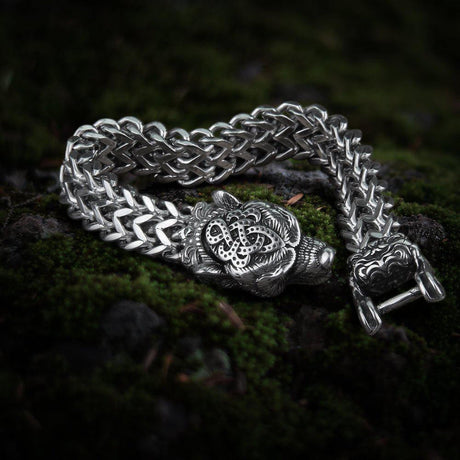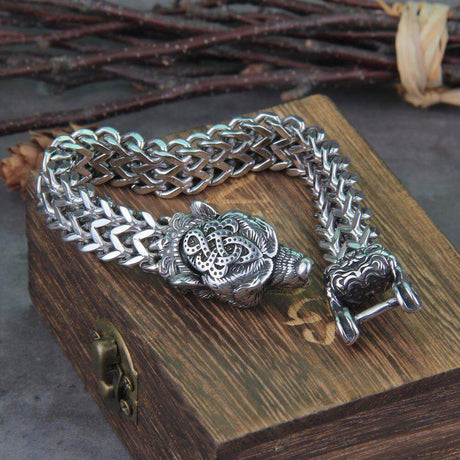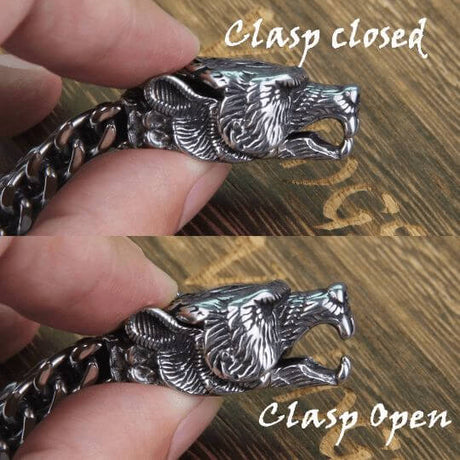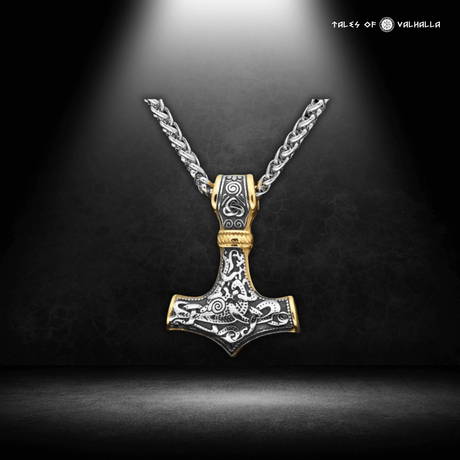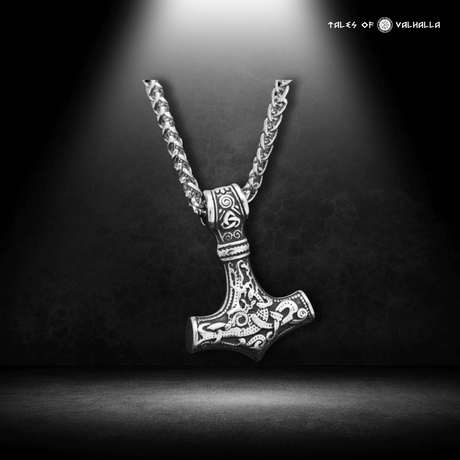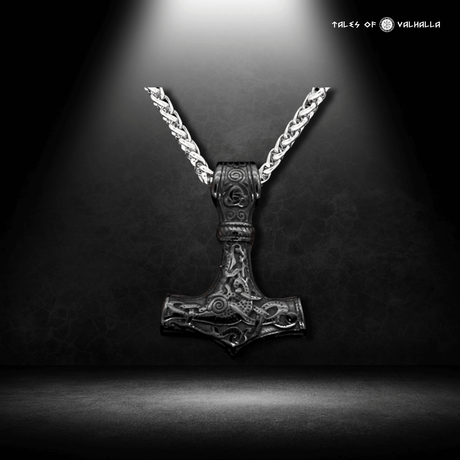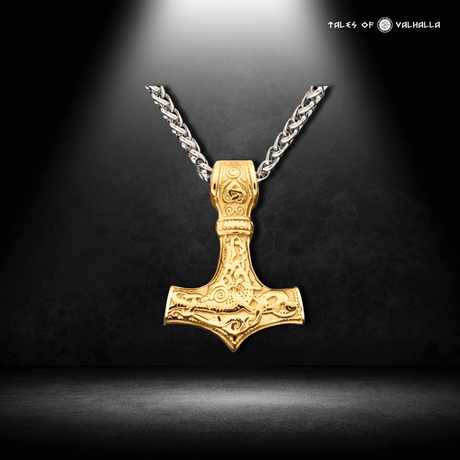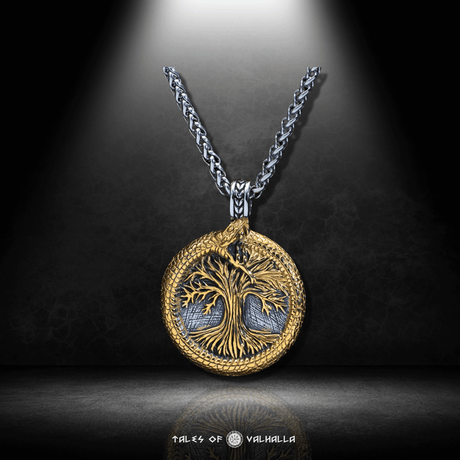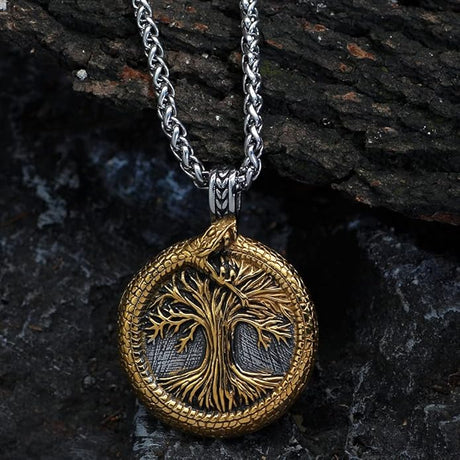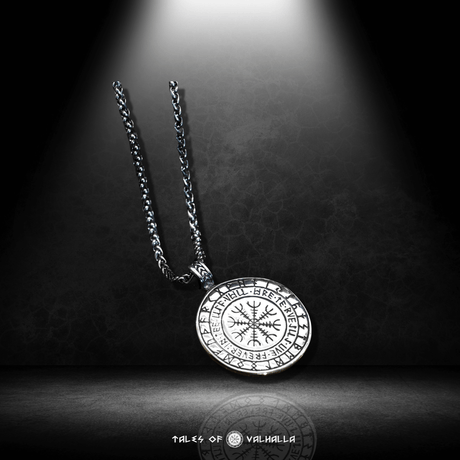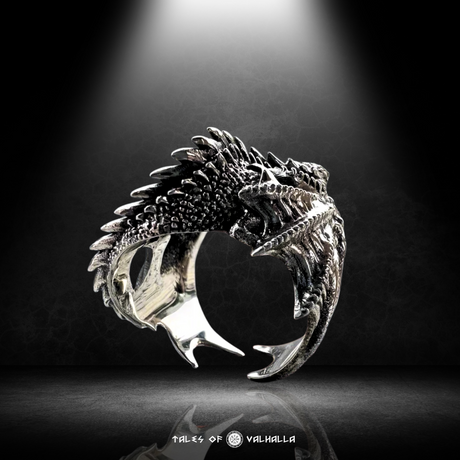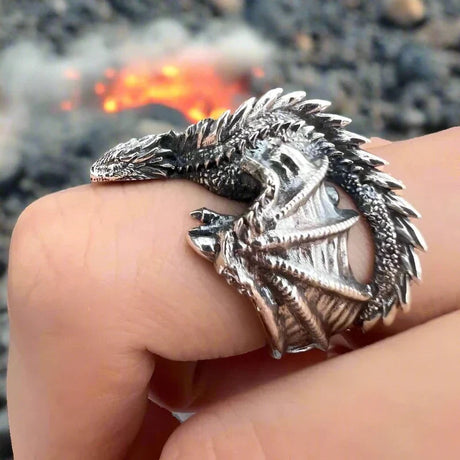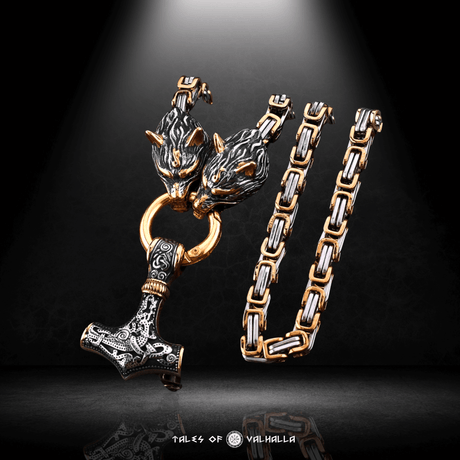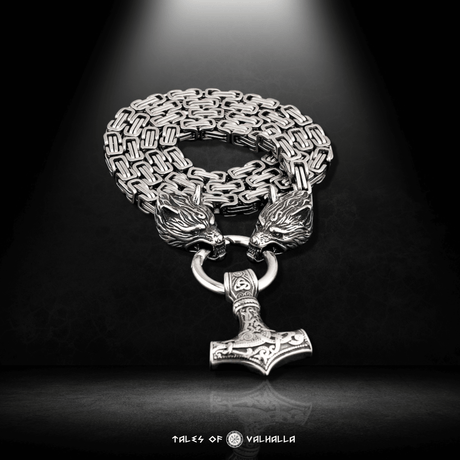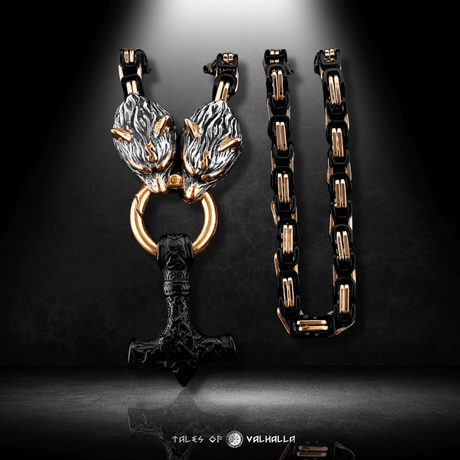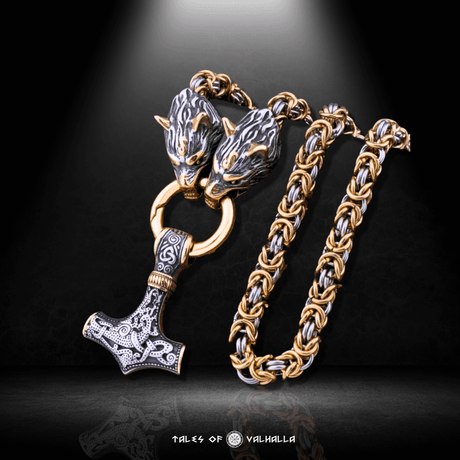The image of the Viking warrior is one of raw power, incredible endurance, and a formidable physical presence. We see them in movies and on television, rowing for days on end, fighting fierce battles, and exploring the known world. This raises a compelling question that goes to the very heart of their existence: What did Vikings eat? What was the fuel that powered this incredible engine of exploration, trade, and conquest?
Forget the pop culture image of Norsemen exclusively feasting on giant roasted turkey legs and swilling mead from horns. The historical reality of the Viking diet is a fascinating story of resourcefulness, adaptation, and a deep understanding of the natural world. It was a diet forged by the rugged lands and icy seas of the North, shaped by the changing seasons, and mastered through clever preservation. This guide will take you into the longhouse kitchen and onto the shores of the fjords to uncover what did Vikings eat, separating archaeological fact from romanticized fiction.
Beyond the Longhouse Feast: The Reality of the Everyday Viking Diet
While great feasts were a significant part of Viking culture, the daily meals for the average Norse family were far more humble, practical, and surprisingly balanced. The foundation of the Viking diet was not exotic plunder, but what could be sustainably farmed, foraged, hunted, or fished from their local environment.

Beyond the Longhouse Feast: The Reality of the Everyday Viking Diet
Not Just Meat and Mead: A Seasonal and Varied Plate
The first myth to debunk when asking "What did Vikings eat?" is that their diet was exclusively carnivorous. While meat and fish were crucial, their diet was varied and heavily dependent on what the season provided. A Viking in the summer, with access to fresh greens and berries, ate very differently than they did in the depths of winter, when they relied on a larder of preserved foods. This seasonal rhythm was the heartbeat of their culinary world.
The Two Daily Meals: Dagmal and Nattmal
The typical Viking day revolved around two main meals:
- Dagmal (Day Meal): Eaten in the morning, an hour or two after rising and beginning the day's work.
- Nattmal (Night Meal): Eaten in the evening, after the day's labor was complete.
These meals were the bookends of a long day of farming, fishing, crafting, or training, and needed to provide substantial energy
The Bounty of the Land: Farming, Hunting, and Foraging
Most Vikings were, first and foremost, farmers. The bóndi, or free farmer, was the backbone of Norse society, and their farmstead was the primary source of food. So, what did Vikings eat from the land they worked so hard?
Grains and Porridge: The True Staple
The true cornerstone of the everyday Viking diet was not meat, but grains.
- Barley, Rye, and Oats: The most important grain was barley, a hardy crop that could withstand the short growing seasons and cool climate of the North. Rye and oats were also widely cultivated.
- Porridge (Grøt): The most common daily meal was a thick porridge, or grøt, made from these grains. It was a simple, filling, and nutritious dish that provided slow-release energy for a long day of labor. It could be made with water or milk and might be supplemented with berries, nuts, or a dollop of honey for flavor.
- Bread: Vikings ate bread, but it was typically a dense, dark, unleavened flatbread, made from barley or rye flour and cooked on hot stones or an iron griddle over the fire. Leavened, fluffy bread was a luxury.
From the Herd and Hunt: The Role of Meat
Meat was certainly a valued part of the Viking diet, but for most people, it was not an everyday centerpiece.
- Domestic Animals: The most common sources of meat were from their own livestock: pigs, cattle, sheep, and goats. Pork was a particular favorite. These animals provided not only meat but also milk, wool, and hides.
- Hunted Game: The diet was supplemented by hunting. Vikings hunted a variety of game, including deer, elk, reindeer, and wild boar. They also hunted smaller animals like hares and fowl such as grouse, ptarmigan, and various ducks.
Dairy's Crucial Role: The "White Foods"
Livestock provided a steady supply of milk, which was processed into a variety of storable products known as "white foods."
- Milk, Butter, and Cheese: Milk from cows and goats was consumed, but more importantly, it was used to make butter and simple, fresh cheeses. These were vital sources of fat and protein.
- Skyr: The Viking Superfood: Perhaps the most famous Norse dairy product is skyr, a thick, tangy, high-protein food similar to a strained yogurt or soft cheese. It is still a staple in Iceland today. Skyr was an excellent way to preserve milk and a crucial part of what did Vikings eat.
From the Earth: Viking Vegetables, Fruits, and Nuts
The answer to "What did Vikings eat?" includes a surprising variety of plant-based foods.
- The Kitchen Garden (Kálgarðr): Every farmstead would have had a garden where they grew hardy vegetables. Archaeological analysis of Viking cesspits and settlements has revealed seeds from cabbage, onions, garlic, leeks, turnips, parsnips, peas, and beans. These were often the main ingredients for a hearty stew called skause, a one-pot meal that was likely a cornerstone of the diet.
- The Bounty of the Wild: Foraging was a vital activity in the summer and autumn. Vikings gathered a wide variety of wild berries (lingonberries, bilberries, cloudberries, and more), wild apples, plums, and nuts like hazelnuts. They also collected wild greens, herbs like dill, parsley, and wild garlic, and even seaweed.
Story Vignette 1: A Day's Meal at the Fjord-Stead Ingrid, the húsfreyja (mistress of the household), surveys her larder as the morning light streams into the longhouse. The dagmal is already simmering: a thick barley porridge sweetened with a handful of last autumn's dried apples and a dollop of precious honey. For the nattmal, the main meal, her sons, who have been out fishing since dawn, bring in a fine catch of cod. This will be stewed in the iron cauldron over the central hearth with onions and turnips from her garden. She will serve it with fresh-baked barley flatbread and a side of skyr. Meat is being saved for the upcoming winter solstice feast. This is the reality of what did Vikings eat: a rhythmic cycle of what the land and sea provide, managed with skill and foresight.
The Silver Harvest: Food from the Rivers and Seas
For a people defined by their connection to the water, it’s no surprise that the sea was a primary source of sustenance. The fishing and hunting of marine life was a critical component of the Viking diet.
A Lifeline of Protein
The seas, rivers, and fjords of Scandinavia were teeming with life, providing a reliable and abundant source of protein that was often more plentiful than meat from livestock.
- Cod and Herring: The Workhorses: Herring and cod were the undisputed champions of the Viking seafood menu. They were caught in massive numbers. Herring, an oily fish, could be easily salted and packed in barrels, making it a perfect food for long sea voyages. Cod was famously wind-dried to create "stockfish."
- Salmon and Trout: Prized freshwater fish like salmon and trout were caught in rivers and fjords, often using nets, lines, or even spears.
- Shellfish: In coastal areas, shellfish like mussels, oysters, and cockles were easily gathered from the shoreline at low tide and added important variety and nutrients to their meals.
- Whales and Seals: Vikings were also skilled hunters of marine mammals. A whale hunt was a dangerous but incredibly rewarding endeavor, providing enormous quantities of meat, blubber (rendered into oil for lamps and food preservation), and bone for crafting. Seals were also hunted for their meat, fat, and skins. This marine abundance is a key part of the answer to "What did Vikings eat?".
Masters of Preservation: How Vikings Survived the Winter
The greatest challenge for the Viking diet was surviving the long, dark, and brutally cold Scandinavian winters when fresh food was scarce. Their mastery of food preservation was not just a skill; it was a matter of life and death.
The Necessity of a Full Larder
From the end of the harvest in autumn until the first shoots of spring, Vikings relied almost entirely on preserved foods. Every successful hunt, catch, and harvest was viewed through the lens of long-term storage.
The Techniques of Survival
- Drying (Skreið): This was one of the simplest and most effective methods, especially for fish like cod. The fish was gutted, often beheaded, and hung on large wooden racks (hjell) to dry in the cold, dry air. The resulting "stockfish" was hard as a board, incredibly lightweight, and could last for years. When rehydrated and cooked, it provided a vital source of protein.
- Salting: Salt was a valuable commodity, and salting was a primary method for preserving both meat and fish. Food was packed in barrels with layers of salt, which drew out moisture and created an environment hostile to bacteria.
- Smoking: Meat and fish were often smoked over a fire of alder or other hardwoods. This not only preserved the food by dehydrating it and coating it with antimicrobial compounds from the smoke, but it also imparted a rich, savory flavor that was highly prized.
- Fermenting: Fermentation was used for a variety of foods. Fish was sometimes fermented in brine, a precursor to modern Scandinavian delicacies like rakfisk. Dairy was fermented to create skyr and other yogurt-like products that could last much longer than fresh milk.
- Pickling: Vegetables, particularly cabbage, could be pickled in brine or whey to preserve them for the winter months, providing a source of vitamins when fresh greens were unavailable.
- Root Cellars: Root vegetables like turnips and carrots, along with apples, could be stored in cool, dark, and humid root cellars to last through the winter.
Story Vignette 2: Preparing for the Voyage Leif the Navigator watched as his crew loaded the provisions onto the longship, the Sea-Serpent. Their voyage west would take weeks, perhaps months, with no guarantee of finding fresh food. Survival depended on the contents of the barrels and sacks being hoisted aboard. This was the practical, unromantic answer to "what did Vikings eat?" at sea. Barrels of hard, wind-dried stockfish. Casks of heavily salted herring. Bags of hardtack—a simple, dry flatbread made from barley flour. Sacks of dried peas and apples. Water and ale in skin bags. This was the fuel of exploration, a diet designed for endurance, a testament to their mastery of preservation.
The Viking Feast: A Display of Wealth and Hospitality
While the everyday Viking diet was practical and often plain, the feast was another matter entirely. Feasts were important social, political, and religious events where a Jarl or King could display their wealth and generosity, reinforcing their status.
- A Bountiful Table: A feast would feature an abundance of roasted meats—pork was a particular favorite—spit-roasted over the long fire. Large cauldrons would bubble with rich stews, perhaps seasoned with rare, imported spices like pepper or cumin that were acquired through trade. Fresh bread, butter, and fine cheeses would be plentiful.
- The Flowing Drinks: This was the time for the best ale and, for the wealthy, mead (a fermented honey drink). Imported wine from Francia might even make an appearance.
- A Social Occasion: The feast was a time for storytelling, poetry, making oaths, and forging alliances. The quality and quantity of the food and drink served was a direct reflection of the host's power and status. The difference between the feast and the everyday Viking diet was stark and intentional.
What the Science Tells Us: Archaeological Clues to the Viking Diet
Our understanding of what did Vikings eat is not just based on sagas; it's backed by hard science. Archaeologists have used various methods to reconstruct the Norse menu.

What the Science Tells Us: Archaeological Clues to the Viking Diet
- Middens (Garbage Pits): The analysis of ancient garbage dumps is a treasure trove of information. Discarded animal bones, fish bones, and oyster and mussel shells tell us exactly what was being eaten and in what quantities.
- Paleofeces and Bog Bodies: In rare cases, preserved human waste (coprolites) or the stomach contents of "bog bodies" (bodies remarkably preserved in peat bogs) can provide direct, undigested evidence of a person's last meal. One famous study of a Viking latrine in York, England, revealed a diet of bread, cereals, and meat, but also the presence of numerous intestinal parasites.
- Isotopic Analysis: This advanced technique analyzes the chemical isotopes (like carbon and nitrogen) in human bones. By examining these isotopic signatures, scientists can determine the long-term balance of a person's diet, such as the ratio of marine protein (fish) versus terrestrial protein (meat and dairy). This has confirmed the immense importance of seafood in the Viking diet, especially for coastal populations.
Table: The Core Components of the Viking Diet
The Modern "Viking Diet": Fact vs. Fad
In recent years, the term "the Viking diet" has been co-opted by the modern health and wellness community in the United States, often used to describe a specific eating plan.
What Modern Diets Get Right
Many modern "Viking" or "Nordic" diets correctly emphasize principles that were indeed part of the historical Viking diet:
- A focus on whole, unprocessed foods.
- High consumption of fatty fish like salmon and herring (rich in omega-3s).
- Inclusion of root vegetables, cabbage, and berries.
- Use of fermented dairy products like skyr or kefir.
What They Often Get Wrong
However, these modern fads often misrepresent the historical reality:
- Overemphasis on Meat: Many modern versions are extremely meat-heavy, almost like a variation of the Paleo or Carnivore diet. While Vikings ate meat, their diet was not exclusively carnivorous and was heavily reliant on fish and grains.
- Ignoring the Grains: The historical answer to "What did Vikings eat?" is certainly not a low-carb diet. Barley and rye, in the form of porridge and bread, were fundamental staples that provided the bulk of their daily calories.
- Forgetting the Hardship: Modern diets adopt the types of food without acknowledging the context of scarcity, seasonal limitations, and the immense physical labor that Viking life entailed.
How to Really Eat Like a Viking Today
You can certainly incorporate the principles of the Viking diet into a healthy modern lifestyle. Focus on seasonal, locally sourced foods where possible. Eat plenty of fish, lean meats, root vegetables, and berries. Enjoy whole grains like barley and oats, and incorporate fermented foods. This resourceful, whole-foods approach is a powerful lesson from the past.
Conclusion: The Fuel of Legends
What did Vikings eat? Not just meat and mead, but a resourceful, seasonal diet that drew on everything from berries to whales. It was balanced, sustainable, and vital to their strength at sea and at home.
By understanding their food, we glimpse their resilience and ingenuity. At Tales of Valhalla, we celebrate this way of life—rooted in nature, respect for the seasons, and the sustenance that fueled a people who changed history.











